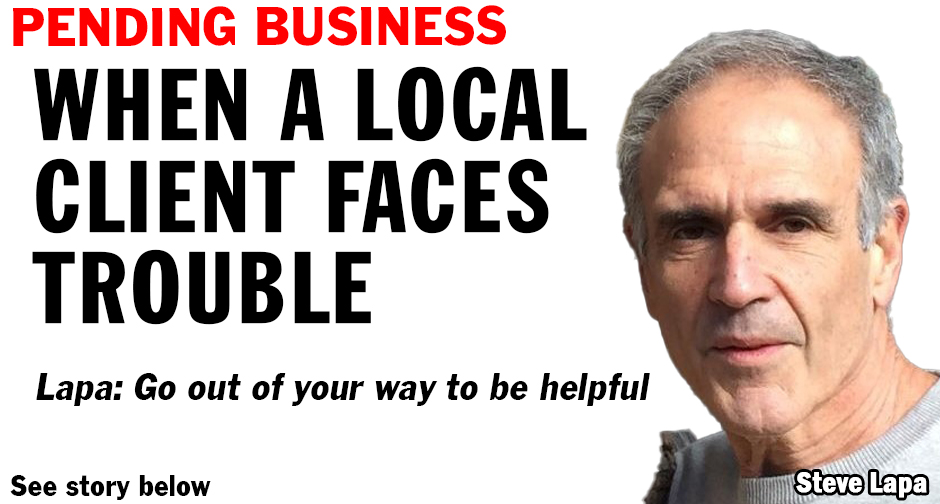Pending Business: Baked-In?
By Steve Lapa
Lapcom Communications Corp
President
 Is that host read you are pitching “baked-in?”
Is that host read you are pitching “baked-in?”
No, I am not talking baked in the content, as in before the break with all the produced commercials. I am talking about “baked-in” the audio that will live on as long as that show is available.
Still confused? You should ask someone who has handled an actual audio podcast avail. Some advertisers and their ad agencies are shaping the future and “baked-in” is a fundamental element of the new-think that is pushing the needle on podcast CPM, while your team struggles to compete for low CPM based on old school models that are dropping like flies.
The good news is that host read is still the gold standard that moves the listener to action. The bad news is radio station sellers are hanging onto older strategies that have little room in a future filled with millions of audio podcasts that contain no music and feature comedy, news, talk, opinion, lifestyle, sports, politics, entertainment, financial, medical, legal, self-help, religion, even foreign language – as in nothing but the human voice and a little production.
Sound familiar? I call it the great sales equalizer: the host read.
So how can this magical host read have such a dramatic impact in this super-crowded environment, yet be so underappreciated on radio stations coast to coast? Let us look at the three legs of the sales stool that have never changed.
1. The seller. Most radio sellers are presenting the host read the same way they did since their first order. What is new, different, and exciting in the way you present your talent today?
2. The audience. Size matters, intimacy matters, performance matters. Can you demonstrate how your host-audience relationship fulfills those criteria and generates a response for your advertisers?
3. The inventory. Why do we still have the same number of host reads in every hour of a show? Anyone have the courage to vary the inventory or pricing throughout a show?
The podcast world is leading the way to a future filled with:
1. Baked-In host reads.
2. Pre-roll, mid-roll, and post-roll price differences.
3. Commercial inventory limits.
4. Impression delivery options that demonstrate clear accountability.
There is a bright future in audio sales that will look and feel different from what we take for granted today. Make sure you are on the right side of the wave and not stuck in the mud.
Steve Lapa is the president of Lapcom Communications Corp. based in Palm Beach Gardens, FL. Lapcom is a media sales, marketing, and development consultancy. Contact Steve Lapa via email at: Steve@Lapcomventures.com.



